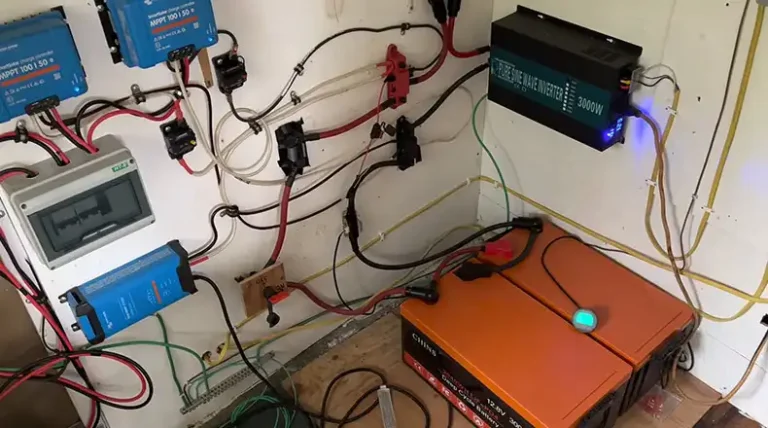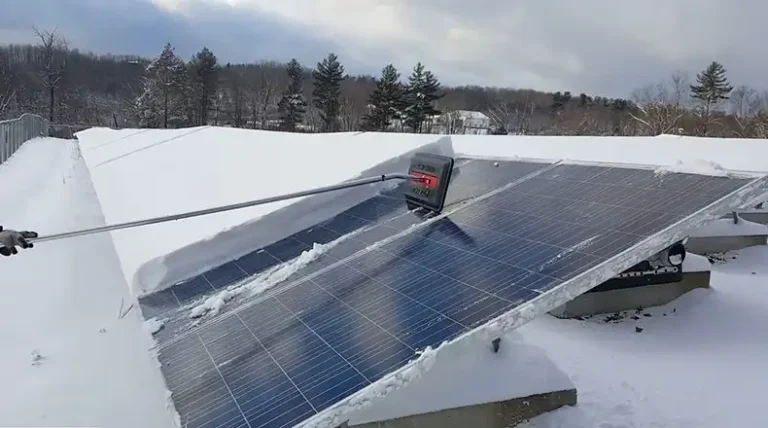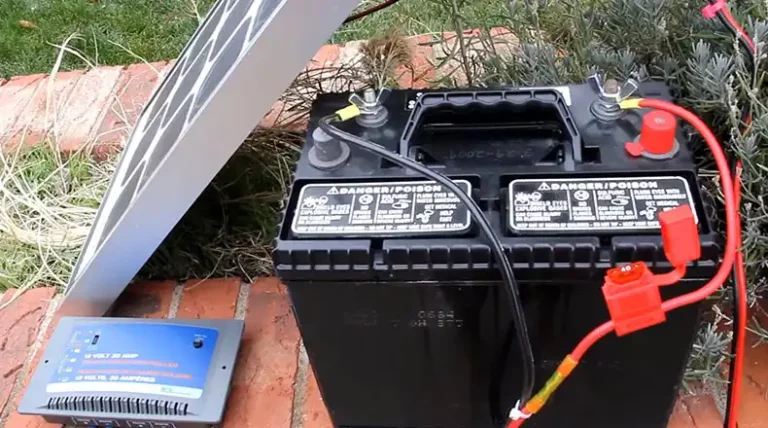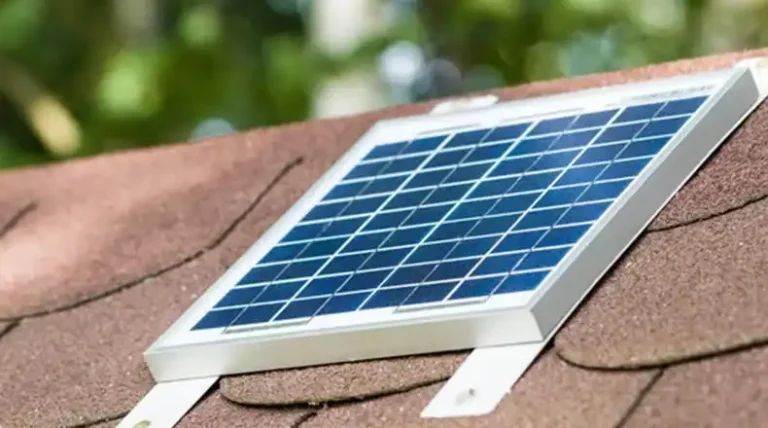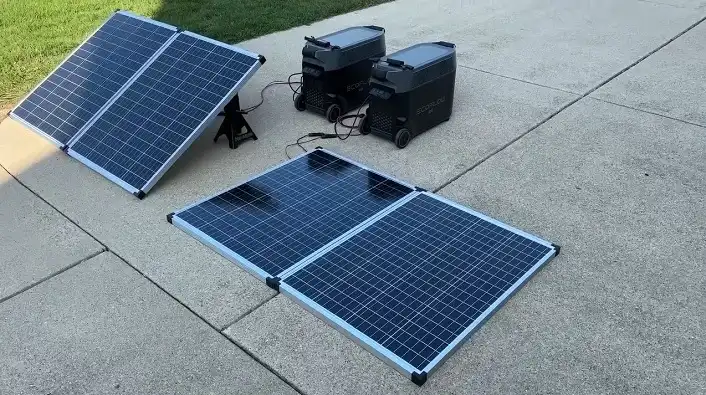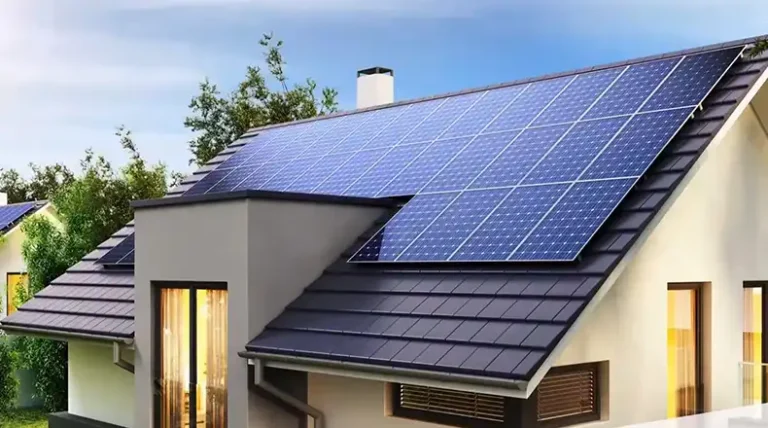Mounting Solar Panels to Roof Racks | A Step-By-Step Guide
Roof racks on vehicles have become more than just carriers for luggage. Today, they’re being used to mount solar panels, offering a portable energy solution for those on the move. The question then arises, “How can one efficiently and safely mount solar panels to a roof rack?”
The answer is simple yet detailed: Use a combination of sturdy brackets, suitable fasteners, and thoughtful placement. Achieving a secure attachment ensures safety during transit and optimal energy harvest.
In this article, we have provided a step-by-step guide to installing solar panels on roof racks. Let’s begin the journey with us as we explore the intricacies of this innovative setup.
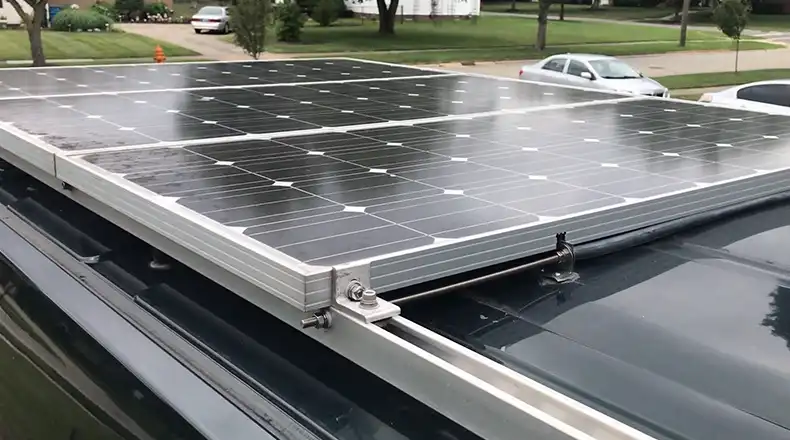
Is It Possible to Mount a Solar Panel on a Roof Rack?
First thing first. So, is it possible to mount a solar panel on the roof rack of your vehicle? Absolutely! The idea of mounting solar panels on roof racks is becoming increasingly popular, especially among those who are constantly on the move or seeking off-grid energy solutions. Roof racks are designed to be sturdy and can easily accommodate the weight of a solar panel, provided the right precautions and methods are followed.
Step-by-Step Guide on Mounting Solar Panels to Roof Racks
Step 1: Panel Selection
Purpose: To ensure your panel fits seamlessly on the roof rack without any hazardous overhang.
How-to:
- Measure the area of your roof rack where the panel will be placed.
- Purchase a solar panel with dimensions that fit within the measured space. Avoid panels that exceed the rack’s dimensions to prevent dangerous overhangs or imbalances.
Step 2: Bracket Choices
Purpose: To provide a stable foundation for the solar panel.
How-to:
- Opt for solar panel mounting brackets specifically designed for vehicular use.
- Materials like aluminum or stainless steel are ideal due to their durability and rust resistance.
Step 3: Position Before Fixing
Purpose: To find the optimal position on the roof rack that maximizes sunlight exposure and minimizes shadows.
How-to:
- Before permanently fixing the panels, place them on the roof rack in various positions to determine the best placement.
- Ensure the panel isn’t obstructed by any vehicle part, like an antenna or a raised part of the vehicle.
Step 4: Secure with Fasteners
Purpose: To ensure the panel remains fixed in place, even during vehicle movement.
How-to:
- Fasten the panel to the roof rack using corrosion-resistant screws, bolts, and wing nuts.
- Ensure the fasteners are tight, but avoid over-tightening which might damage the panel or the rack.
Step 5: Cable Management
Purpose: To prevent cable entanglement and potential damage during movement.
How-to:
- Route the cables from the solar panel to the vehicle’s battery or interior using cable clips to hold them in place.
- Ensure cables aren’t hanging loose. Use zip ties or clips to secure them tightly.
Step 6: Tilt and Adjustability
Purpose: To allow for adjustments in the panel’s angle, improving its efficiency during different times of the day.
How-to:
- If possible, invest in tilting mounts that can be adjusted to different angles.
- This allows you to angle the panels towards the sun, especially beneficial during early morning or late afternoon.
Step 7: Weatherproofing
Purpose: To protect the panel and the vehicle from potential water leakage or damage from the elements.
How-to:
- Use weatherproofing strips or seals around the mounting areas.
- Ensure any holes made during the mounting process are properly sealed to prevent leaks.
Step 8: Safety Checks
Purpose: To ensure the panel is securely attached and won’t pose a hazard during driving.
How-to:
- After completing the mounting process, gently shake the panels or press down on them to simulate the forces experienced during driving.
- If there’s any movement, revisit your fasteners and ensure they’re secured properly.
By following these steps meticulously, you ensure that your solar panel is not only optimally placed for maximum efficiency but also securely fastened to handle the dynamic conditions of road travel.
Factors to Consider for Mounting Solar Panels to Roof Racks
1. Weight Capacity of the Roof Rack
Before you decide to mount a solar panel on a roof rack, it’s imperative to check the weight capacity of the rack. Most standard roof racks can handle the weight of solar panels without any issues. However, always ensure the total weight of the panel (or panels) doesn’t exceed the rack’s maximum load-bearing capacity.
2. Size and Fit
Ensure that the solar panel’s dimensions are compatible with the size of your roof rack. A well-fitted panel minimizes the risk of overhangs or edges that might be vulnerable during travel.
3. Safety and Security
Safety should be paramount. The solar panel should be secured firmly to the roof rack to prevent any wobbles or shifts while driving. Additionally, consider anti-theft solutions like security bolts or locking mechanisms to prevent potential thefts.
4. Aesthetic and Aerodynamics
While functionality is key, consider the look and aerodynamic impact of the solar panel on your vehicle. A panel that sits flush with the contours of the vehicle will have less impact on fuel efficiency and will also look sleeker.
5. Accessibility
If you’re planning on adjusting the tilt of the panel regularly or if you might need to remove it occasionally, ensure it’s mounted in a way that provides easy access.
Why Mount Solar Panels on Roof Racks?
1. Mobile Energy Source
For campers, road-trippers, or those living in mobile homes, roof-mounted solar panels offer a continuous power supply even in remote areas.
2. Efficient Use of Space
The roof often remains an underutilized space. Mounting panels there ensures efficient space use without compromising on vehicle functionality.
3. Environmental Benefits
Harnessing solar energy reduces the reliance on conventional power sources, promoting sustainable living even on the go.
Roof Rack vs. Built-in Solar: The Debate
While mounting on roof racks is gaining popularity, some vehicles come with built-in solar panels. Each has its merits:
- Flexibility: Roof rack panels can be replaced, upgraded, or even removed if needed.
- Coverage: Built-in panels might cover more surface area, potentially harvesting more energy.
- Aesthetics: Integrated solar panels often blend seamlessly with the vehicle design, while roof rack panels might stand out.
Maintenance and Care Tips
- Being exposed, these panels accumulate dust and bird droppings. Clean them periodically to maintain efficiency.
- Check the fasteners and brackets occasionally, especially after long trips or rough terrains.
- If expecting hail or severe weather, consider using protective covers or temporary removal.
Closing Thoughts
Mounting solar panels on roof racks not only embodies innovation but is a testament to humanity’s relentless pursuit of sustainability. As you drive under the vast expanse of the sky, remember you’re harnessing a small but significant part of the sun’s vast power. The road ahead is not just an adventure; it’s a journey towards a greener future.
Queries on the Road
- Are There Professional Services For Mounting?
Yes, many companies specialize in vehicle solar setups and offer installation services.
- Can Roof-Mounted Panels Power My Vehicle’s Engine?
While they can charge auxiliary batteries and power appliances, they currently cannot provide sufficient energy to power the vehicle itself.
- Is There A Risk Of Theft?
Like any external accessory, there’s a risk. However, secure mounting and occasional checks can deter opportunistic thefts.

